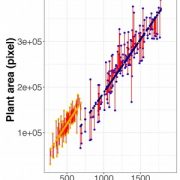
Genetic components of water use efficiency in the model grass Setaria
Plant Science Research WeeklyIncreasing water use efficiency is important for improving crop yields in diverse environments. This has been difficult due to the complex morphological and biochemical processes involved in water use and plant growth. Feldman and colleagues use a high-throughput phenotyping platform to monitor an interspecific…
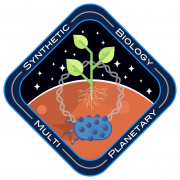
Perspective: The multiplanetary future of plant synthetic biology
Plant Science Research WeeklyThe exploration of space is one of the most inspiring areas of scientific research and a major driver of technological innovation. One of the major factors limiting human expansion trough space is the immensely high cost of resupplying resources from Earth. Mars is the closest neighbor to Earth and although…
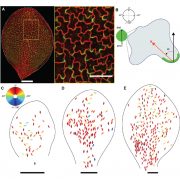
Ectopic BASL reveals tissue cell polarity throughout leaf development in Arabidopsis thaliana
Plant Science Research Weekly
Signals determining tissue polarity are fundamental to proper organ development. Asymmetry across the entire organ arises due to to polarity fields. Although there are numerous examples of proteins that express preferential polar localization in the cell, the mechanism that coordinates the polarity…
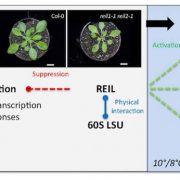
Plant acclimation and growth under low temperature conditions mediated by REIL proteins
Plant Science Research WeeklyREIL1 and REIL2 proteins in Arabidopsis are homologs of REI1, a yeast ribosome biogenesis factor. REI1 facilitates 60S ribosomal maturation in yeast. Beine-Golovchuk and co-workers have studied the cold acclimation response of the double mutant reil1-1 reil2-1. Previous studies by the same group showed…
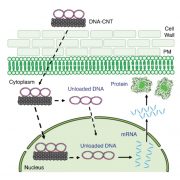
Carbon nanotubes deliver functional genetic material into mature plants without DNA integration
Plant Science Research WeeklyIntroducing DNA or RNA into plant cells remains a challenge. Demirer et al. describe a new method for transient expression studies through delivery of DNA or RNA via carbon nanotubes (CNTs); the size of the nanoparticles is smaller than the exclusion limit for plant cell walls. The authors show that…
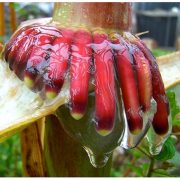
Nitrogen-fixing corn slime? A Mexican maize landrace supports nitrogen-fixing microbiota in aerial root mucilage
Plant Science Research WeeklyPlants engage in intimate interactions with symbiotic microbes for the mutually beneficial exchange of nutrients. In a keystone study published in PLoS Biology, Van Deyze et al. (2018) describe the presence of nitrogen-fixing microbiota contained within an extensively carbohydrate rich mucilage found…
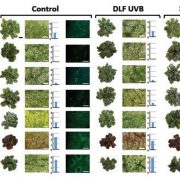
A conserved role for flavonoids in the protection of plant tissues from UV damage ($)
Plant Science Research WeeklyThe transition from aquatic to terrestrial environments exposed the earliest land plants to higher doses of damaging ultraviolet (UV-B) radiation. To cope with this stress, land plants evolved complex signalling mechanisms and an inventory of protective ‘sunscreen-like’ flavonoids. To explore whether…
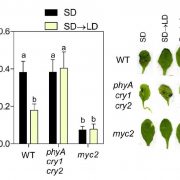
Suns out, guns out: Plant defense responses are enhanced under long-day photoperiods ($)
Plant Science Research WeeklyAs sessile organisms, plants must constantly sense and respond to a dynamic range of stimuli in their environment, which includes both the duration of light (photoperiod) and the presence of microbial invaders. In a recent article published in Plant Physiology, Cagnola et al. (2018) investigate how plant…
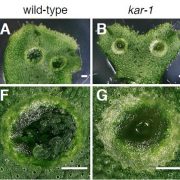
A RopGEF regulates asexual reproduction in the liverwort Marchantia polymorpha
Plant Science Research WeeklyComplex developmental programs regulate tissue and organ formation throughout the green plant lineage, from early diverging non-vascular lineages (bryophytes) to vascular flowering (angiosperm) plants. In the model liverwort Marchantia polymorpha, epidermal patterning gives rise to surface structures…

